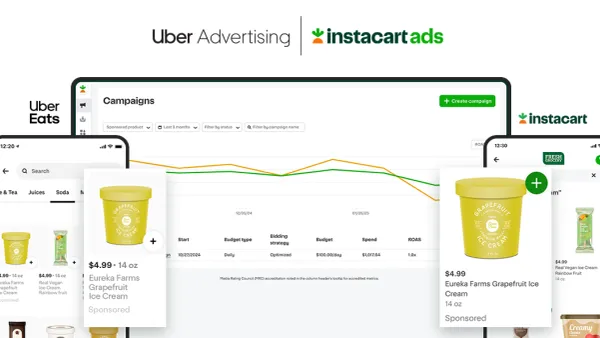Now is the time that companies normally plan how they’ll close out their calendar years with a strong Q4. However, the continuing coronavirus pandemic and recession it triggered have thrown most of this year’s plans out the window. According to eMarketer, retail sales are projected to total $23.358 trillion in 2020, a figure more than $3 trillion below the research firm’s pre-pandemic estimates. Competition for holiday sales will be intense, to say the least, and it won’t be easy to capture consumers’ attention when no one knows what will happen next week, let alone next month.
Yet the secret to winning shoppers over during uncertain times is the same as when things are normal — data. With the right permissioned information at hand and available for analysis, marketers can make better revenue-driving decisions.
What is the “right” data?
Of course, this begs two questions — what is the “right” information, and why do I not have it? The truth is, under any circumstances, it’s impossible for any company to anticipate everything about its audience through the channels it controls. Recent data is particularly vital now when consumers’ situations are changing day to day. At any moment, the information your brand needs to shift strategies and make bold, course-correcting decisions may be data you’ve never accessed before.
Data partnerships are becoming more popular for brands to find their competitive edge in the current market. As a CPG brand, you may want to access retailers’ POS data to cross reference with your media and trade campaign results, accurately assign attribution, and streamline media spend. If you’re a QSR brand that works with multiple delivery companies, you may want to enter into data partnerships to spot macrotrends to plan for as the pandemic continues.
Your data access checklist
Getting access to data is challenging because every dataset, no matter who owns it, has specific permissions for use. This holds true for internal teams as well as external partners.
Accessing the right data could mean the difference between surviving and thriving. In order for your company to flourish, you need to know how to identify potential data partners, have preliminary conversations with them, and if those go well, clearly document the privacy and security requirements for the right technology set-up that builds trust across the board.
Here’s how that looks in practice:
- Identify potential partners: This is the fun part where you can get creative on who to partner with. It’s helpful to bucket your data desires into two partnership categories:
- Customer journey partners: The food delivery companies mentioned in the QSR use case above are good examples of these types of data partners. They have data that completes your understanding of the customer journey, enabling you to analyze where you sit in potential customers’ decision-making processes, and how you both can better serve shared audiences.
- Audience intelligence partners: These partners can help you succeed in a new market or vertical. Amazon’s acquisitions of Whole Foods and IMDB are well-known examples of major purchases the company made to perhaps gain intelligence on product and media affinities, shopping frequency and other consumer habits.
Of course, acquisitions aren’t the only way to gain this type of data. The less expensive way to go about it is thinking of brands that are adjacent to yours. For example, if your company is a hospitality group that wants to launch a new spa and wellness brand, you may want to consider working with an organic skincare line.
- Have preliminary conversations: Once you have a list of companies you’d like to approach for partnership, the next step is connecting with their marketing, analytics, and data teams to discuss how you might collaborate. Be prepared to answer basic questions such as what do you want to use the data for? How do you manage customer preferences? How do you handle opt-outs? How is it stored? You may need to bring in a trusted technology provider that knows your privacy and data strategy well and can continue to work with you as partnership conversations progress.
- Define data privacy requirements: This final step in securing a data partnership is potentially the most important. Data partnerships can only work when two fundamental privacy tenets are met: first, having the technical and legal means for secure collaboration, and second, presenting a clear, well-documented company-specific strategy about what to partner on and with whom. There isn’t a one-size-fits-all solution to data privacy — the type of data partnership you’re after and the level of trust you have with a potential partner informs the tailorable data controls your privacy and infosec teams require. Once data privacy requirements are defined, accepted and met, your partnership can begin in earnest.
Achieve agility for the long haul
Regardless of how your business is doing now, advancing your data strategy by entering into new data partnerships is key to remaining agile and actively growing your market advantage. The sooner you have the legal, privacy-centric and technical means to access data that matters to your business, the sooner you can build new consumer relationships and lay the foundation for successful engagement.










